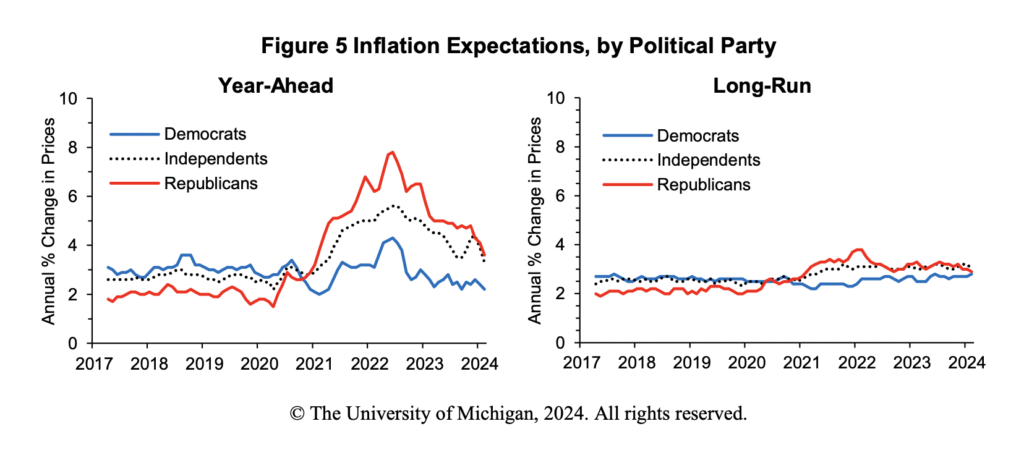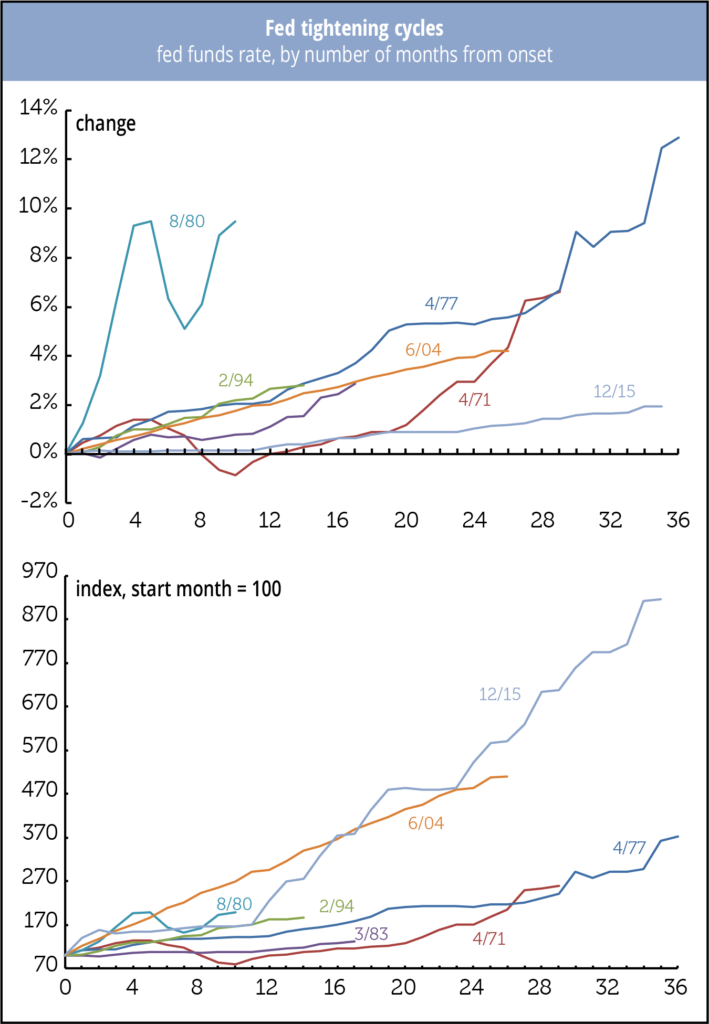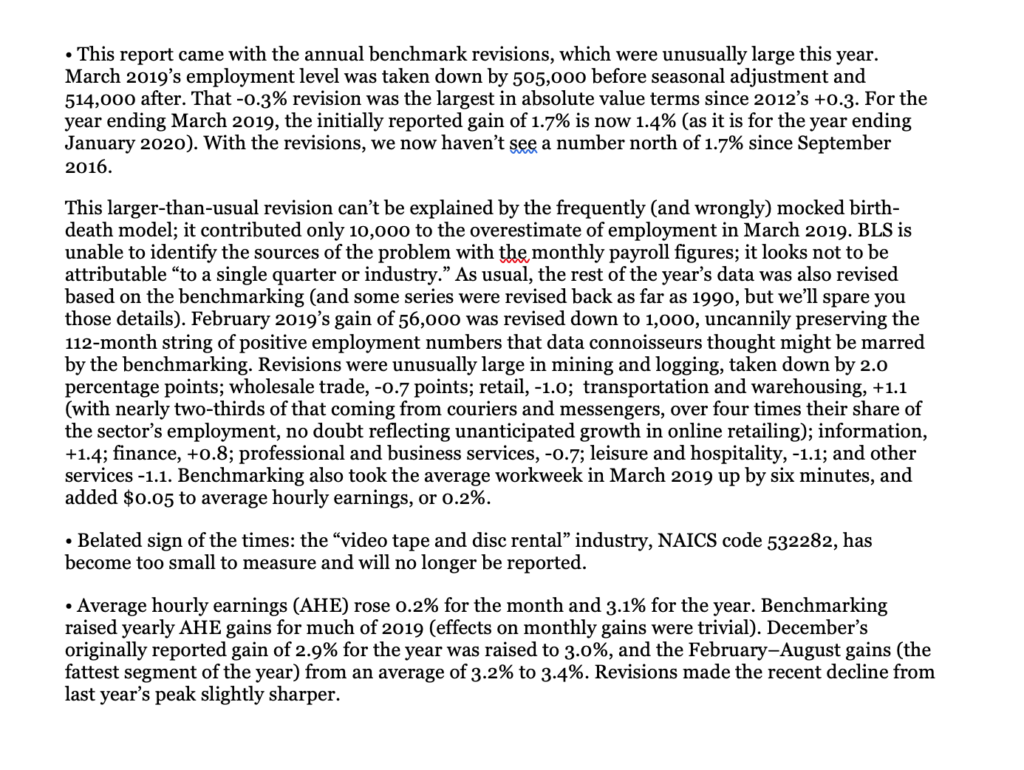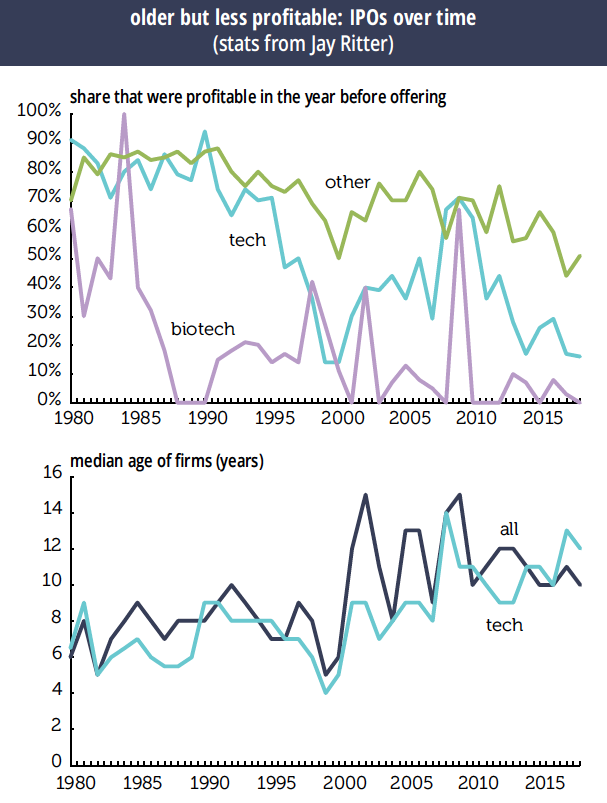S&P’s Howard Silverblatt is out with a preliminary reading on 2024Q1’s stock buybacks. In a phrase, they were big, if not quite the biggest. Buybacks for S&P 500 stocks totaled $237 billion in the quarter, up 8% from the previous quarter and 9% from a year earlier. At an annualized rate, that equaled 3.4% of GDP, up from 2.9% last year and above the 3.1% average since 2005. Firms devoted over half their operating earnings—51.4% to be precise—to purchasing their own shares, slightly below the average since 2012. The buyback sum equaled a third of nonresidential fixed investment. Call us old-fashioned, but maybe a larger share of earnings should be devoted to capital spending. Note how much lower the share […]
-
Noting that consumers access a range of sources for information about the economy—discussions with friends, their own experiences, and what...
-
Something old and, perhaps, something new
In January, Brookings’s Hutchins Center on Fiscal and Monetary Policy held a conference to identify, through agreement and disagreement, what...
-
“News heard,” red and blue
In early 2022, Richard Curtin, then director of the UMich confidence survey, wrote that partisan views are now, “unfortunately,” completely...













